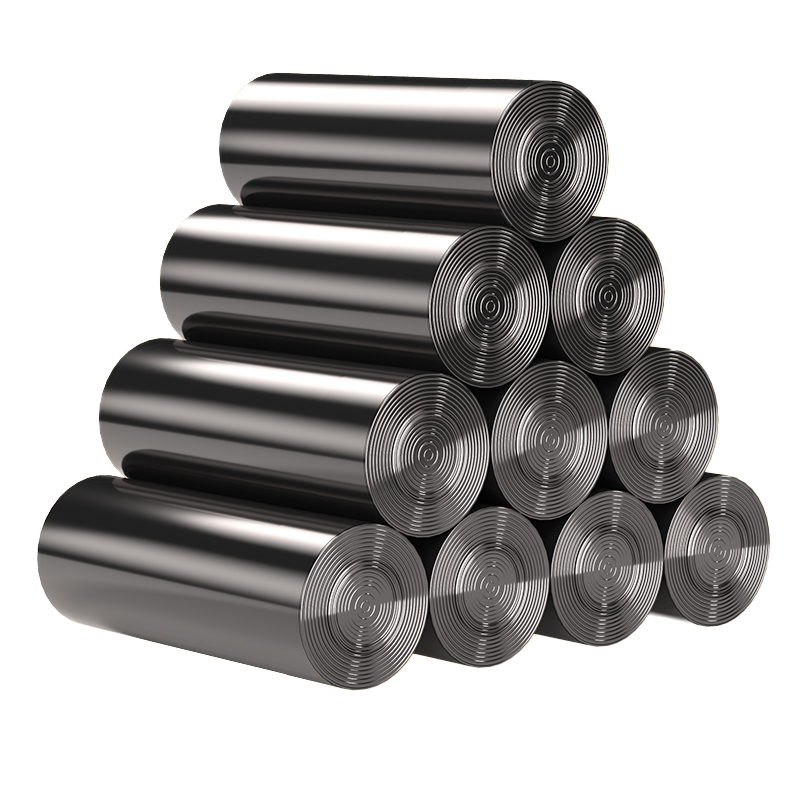First of all, it’s important to clarify that while alumina (Al₂O₃) contains aluminum, the aluminum does not exist in its metallic form. Therefore, alumina does not exhibit the electrical conductivity or chemical reactivity associated with metallic aluminum. This means it will not introduce metal contamination in applications such as semiconductors, aerospace, or medical device components.
Below, I will explain the reasons in more detail.


Understanding the Composition: What Is Alumina Ceramic?
Alumina ceramic is a fully oxidized compound made from aluminum and oxygen, with the chemical formula:
Al₂O₃ (Aluminum Oxide)
Inside this crystalline ceramic:
Aluminum exists as Al³⁺ ions,
Oxygen exists as O²⁻ ions,
They form a strong ionic bond creating a stable crystal lattice.
Because aluminum is fully oxidized, alumina ceramic has no metallic behavior, no free electrons, and no reactive metallic properties.
This distinction is essential for engineers designing high-performance insulation components.
Does Alumina Ceramic Behave Like Metal Aluminum?
Absolutely not.
Even though alumina contains aluminum atoms, alumina ceramic is:
电绝缘
Non-metallic
Chemically inert
Non-reactive
Extremely heat resistant
Hard and wear-resistant
Metal aluminum is soft, conductive, reflective, and reactive.
Alumina ceramic is hard, insulating, and chemically stable — a completely different class of material.
Why the Confusion? Industry Scenarios Where This Question Matters
This question often arises in the following engineering contexts:
• High-voltage insulation design
Engineers need assurance that alumina will not conduct electricity.
Fully oxidized Al₂O₃ = excellent dielectric material.
• Semiconductor processing equipment
Customers must confirm that alumina will not introduce metallic contamination.
Alumina ceramics are chemically pure and stable, used extensively in cleanroom tools and wafer-handling components.
• Aerospace and defense systems
Designers require stable performance under extreme temperatures.
Alumina maintains structural and insulating properties even above 1000°C.
• Medical and biocompatible materials
Alumina is inert and non-reactive, used in implants and surgical components.
Thus, while alumina contains aluminum atoms, it poses no metallic risks in any of these scenarios.
How the Oxidation State Changes Material Properties
| 材料 | Aluminum State | Electrical Behavior | Reactivity | Category |
| Metal Aluminum | Al⁰ | Conductive | Reactive | Metal |
| Alumina Ceramic (Al₂O₃) | Al³⁺ (oxidized) | Insulating | Chemically inert | 陶瓷 |
Precision Alumina Ceramic Machining at Jundro
At Jundro Ceramic Technology, we machine high-purity alumina ceramics (95–99.8%) with:
Dimensional accuracy: ±0.001毫米
平整度 up to 0.001 mm
Micro-holes: Ø0.1 mm
Surface finish: Ra 0.01–0.002 µm
Industries served:
Semiconductor · Aerospace · Medical Devices · Quantum · Defense · Automation
If you need custom alumina parts with tight tolerances, we can assist from prototype to mass production.
